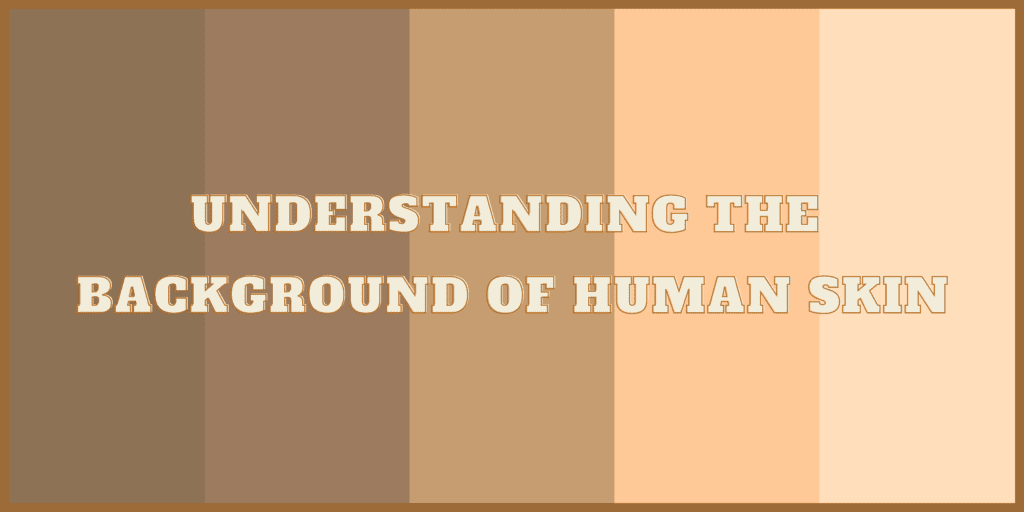Functions of human skin
The functions of human skin, its layers, diseases, and protection are discussed at great length in this post. The human skin is the body’s outermost layer and is the integumentary system’s largest organ. Integumentary is a term that refers to an encompassing or exterior layer or wrapping. The seven layers of the human skin safeguard ligaments, bones, muscles, and inner parts beneath the skin. Human skin is similar to that of most other animals and is highly similar to that of pigs. Though nearly the whole surface of the human body is covered in hair follicles, it might appear hairless. There are two distinct forms of skin: hairy skin and glabrous skin, sometimes known as hairless skin. The adjective cutaneous derives from the Latin cutis, meaning “of the skin.” Stratum corneum, Stratum lucidum, Stratum granulosum, Stratum spinosum, Stratum basale, Dermis, and Hypodermis are the seven layers of human skin. The epidermis is formed from the first five layers of the skin, which is the outermost and thickest layer of the skin. The anatomy and function of each of the seven layers differ significantly from one another. Blood vessels do not exist in the epidermis; instead, cells in the lowest layers are supplied via diffusion from blood capillaries in the dermis’ top layers. The cells of the dermis, as well as the cells of the epidermis, get food and waste disposal by diffusion.
Functions of Human Skin
The main functions of human skin comprise protection, heat regulation, excretion, and secretion. The skin is composed of layers, each of which contains critical substances that assist to safeguard the body from injury. The human skin contributes to the maintenance of a stable body temperature of 98.6° Fahrenheit or 37° Celsius. When our environment changes, the body adjusts through a variety of mechanisms, including evaporation, sweat, radiation, and insulation. Sebum is a blend of oils secreted by the skin that helps maintain it moist and supple. The acid mantle is the covering of sebum on the exterior layer of the skin. When stable, the acid mantle possesses a PH of between 4.5 and 5.5, and it is naturally acidic, serving to preserve the skin from external invasion. The human skin is the central waste elimination system in the body, and toxins are expelled via the sweat glands and pores of the skin. Vitamin C is an antioxidant, which means that it protects skin cells from the damage caused by free radicals created by ultraviolet radiation.
Diseases of human skin
The indications and seriousness of skin problems differ significantly. They might be transitory or permanent, and they might be bearable or unbearable. Some are caused by circumstances, whereas others might be inherited. Some skin problems are inconsequential, whilst others have the potential to be lethal. While most skin disorders are mild, some can signal a more significant problem. The sensation is one of the functions of human skin, in which the nerve terminals in the skin transmit signals to the brain, which enable us to sense pain, pleasure, pressure, heat, cold, touch, and even an itch. If you suspect you possess one of these prevalent skin disorders, consult your dermatologist. Acne breakouts on the skin consisting of blackheads, whiteheads, pimples, or deep, painful cysts and nodules are commonly found on the face, neck, shoulders, chest, and upper back. If left untreated, it could produce scars or discolour the skin. Cold sores are red, painful, fluid-filled blister forms near the mouth and lips, and the affected area frequently tingles or burns before the appearance of the sore. Additionally, outbreaks may be associated with minor flu-like symptoms such as a low fever, body aches, and swollen lymph nodes. Illnesses such as eczema, dry skin, psoriasis, warts, and Rosacea are among the most frequent ailments that affect the human skin. One reason that a vitamin B6 deficiency might lead to skin rashes is that the vitamin aids in the production of collagen, which is essential for maintaining healthy skin.
Protection of human skin
Taking good care of your skin, including using sunscreen and gentle washing, can help maintain your skin healthy and beautiful. The functions of human skin entail absorption in which the skin can absorb oily chemicals, and some lotions could be used externally and absorbed into the bloodstream. Don’t have enough time for a thorough skincare routine? You could still treat yourself by mastering the fundamentals. Good skincare and a healthy lifestyle can help slow down the ageing process and prevent various skin disorders. Start with these straightforward guidelines. Protecting your skin from the sun is among the most crucial skincare components. Smoking causes wrinkles and lets your skin look older. When you smoke, the little blood vessels in the skin’s outer layers become constrictive, limiting blood flow and darkening the skin’s appearance. Avoid using harsh soaps, shave with caution, and moisturise dry skin. A well-balanced diet can make you look and feel better. All of the following foods should indeed be ingested in substantial quantities: fruits, entire grains, vegetables, and lean proteins. Exercise stress management techniques to maintain healthy skin — as well as an overall healthy frame of mind. Get adequate sleep, set acceptable limitations, pare down your to-do list, and schedule time for your favourite activities. It is possible that the consequences will be more significant than you imagine.



